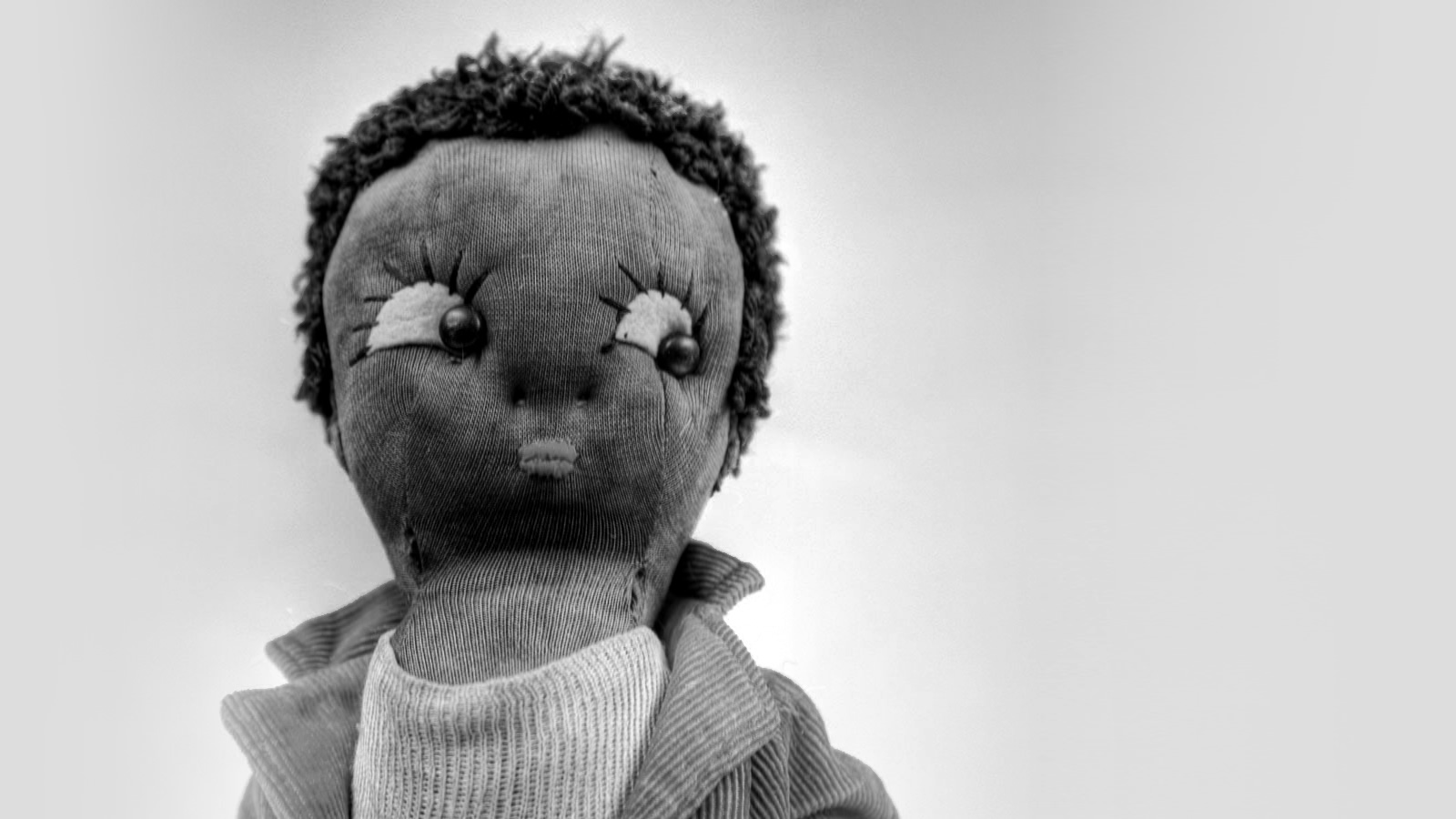One half of arts criticism is, of course, to evaluate the work of art, to appraise it and to place it in context, as the product of a specific person or culture, a specific place or time, or all of the above. If the original work is transplanted to another time, another place, or another culture, that job becomes doubly difficult. Such is the case with Colored Girls, running this week at the Edna Manley College of the Visual & Performing Arts—an adaptation by Trevor Nairne, local playwright and director, of a seminal 30-year-old choreopoem by American artist Ntozake Shange.
Paulette Williams grew up after World War II in racially segregated St Louis, Missouri, the daughter of a wealthy black Air Force surgeon. She was bussed to a white school, where she suffered. She married young, and suffered. She separated, suffered, and attempted suicide. She changed her name to Ntozake Shange, moved to New York, and staged a collection of her poetry called For Colored Girls Who Have Considered Suicide/When the Rainbow is Enuf. The play went on to Broadway and pushed Shange into the American spotlight as a leading black feminist voice.
So Colored Girls is a work of intense pain, the pain of living a life doubly disadvantaged—being black and female in America—without any crutches except those you fashion for yourself. Seven actresses, draped in bright cloths, deliver monologues describing domestic abuse, the loss of virginity (voluntary and involuntary), unwanted pregnancy—the whole litany of psychological scars is laid bare on the stage, as the women have their innocence and naiveté forcibly removed by the men they encounter. The poems are filled with beautiful, layered, deeply moving writing—the harsh cadences arrest the listener, punctuated by softer ones that caress the ear.
Unfortunately, Trevor Nairne and the students under his direction fail to give the writing its due. Shange’s poetry is packaged as confessionals taking place in a balm yard, a spiritual space intended, according to director’s notes, to “amplify the healing” of the women, but which has the opposite effect. Worse, the confessions are under the guidance of three “revivalists”, led by a man! This is a cardinal sin. Not only does it sully the sacred feminine space created on stage, but it robs the women of their agency, effectively undermining the raison d’être for the piece. The revivalists also lend a counter-productive farcical tinge to a criminally serious piece of theatre, with outbursts and reprimands played for humour.
When practicing monologues, actors often use a fellow actor as a dummy to motivate their lines. The male revivalist, who remains on stage throughout, may have been there in this capacity, to help the seven actresses-in-training. As it is, their performances were uneven, with standout turns by Joan Sappleton and Risanne Martin. Mostly, the students are hampered by the need to deliver a performance—acting with a capital A, they play emotions rather than characters. The School of Drama could use a big Stanislavskian kick in the assignments.
But the second half of arts criticism is being a curator for the public—guiding, through cogent and articulate opinion, what should or should not be experienced. Colored Girls is still a must-see show, a brave and provocative work, staged and acted by people committed to their craft. Despite missteps and mistakes, Mr Nairne and his students should be proud to provide a glorious, life-affirming breath of fresh air from the indistinguishable gaggle of ensemble comedies in the marketplace.
- Colored Girls
- Written by Ntozake Shange
- Directed by Trevor Nairne
- Playing at Edna Manley College of the Visual & Performing Arts, April 9, 11, 13th
